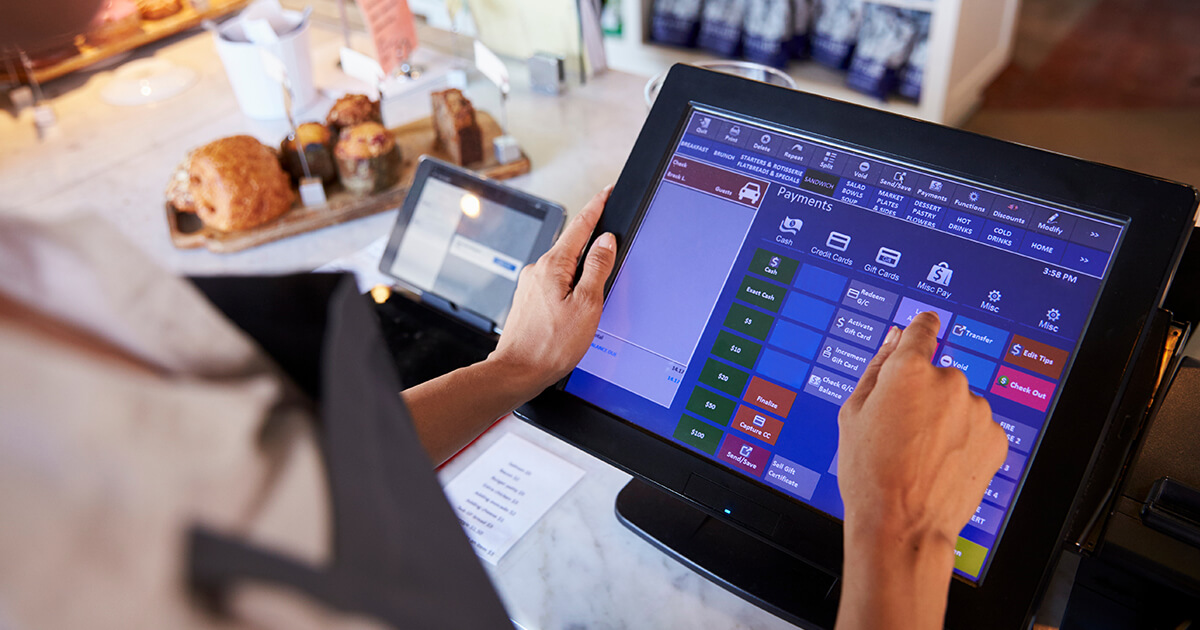
In today’s world, technology continues to change and evolve at a rapid pace. Every industry faces the challenge of keeping up with these changes, but this is especially true for retail store owners, who need to be aware of security regulations, omni-channel systems, and mobile devices.